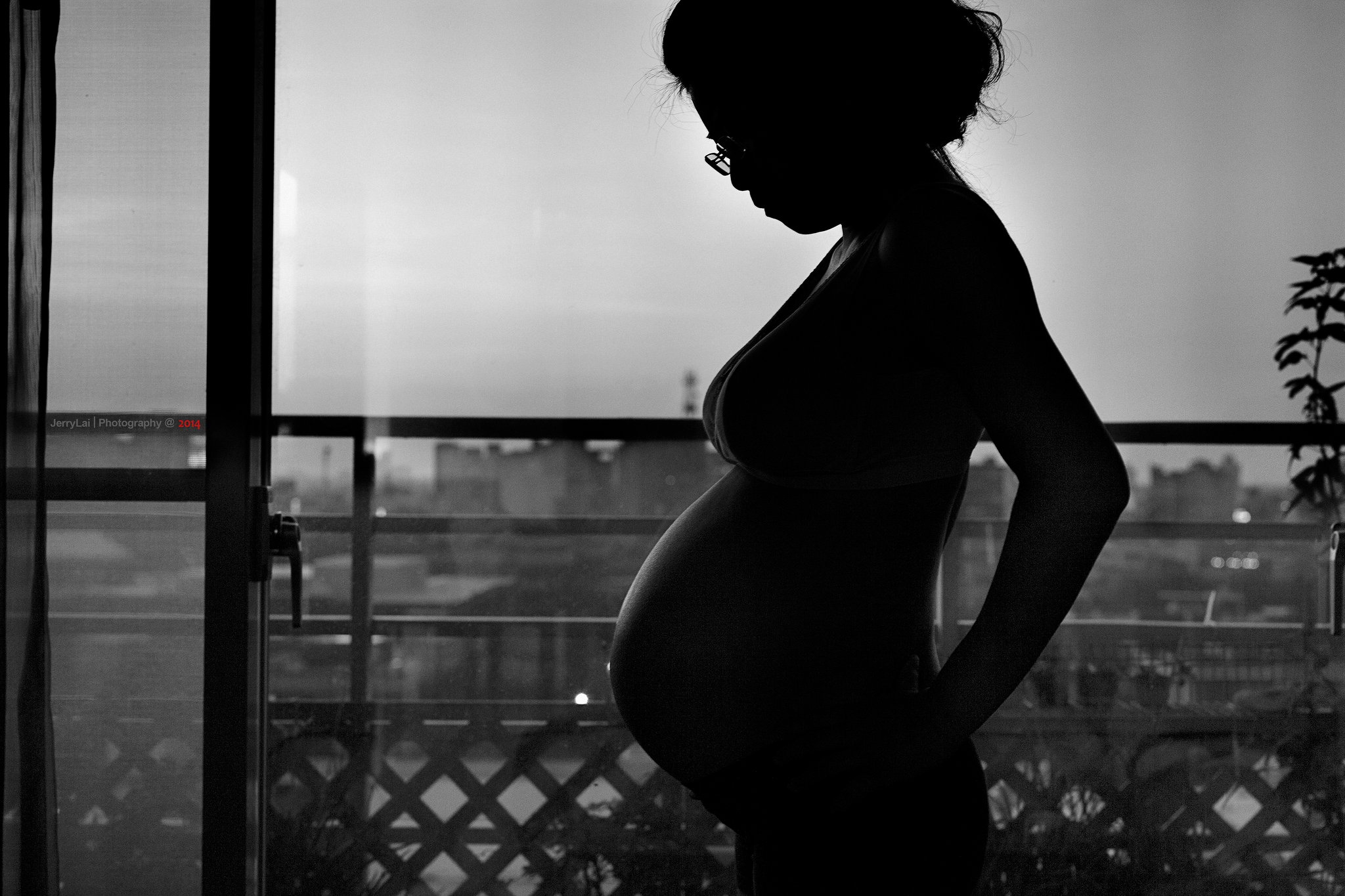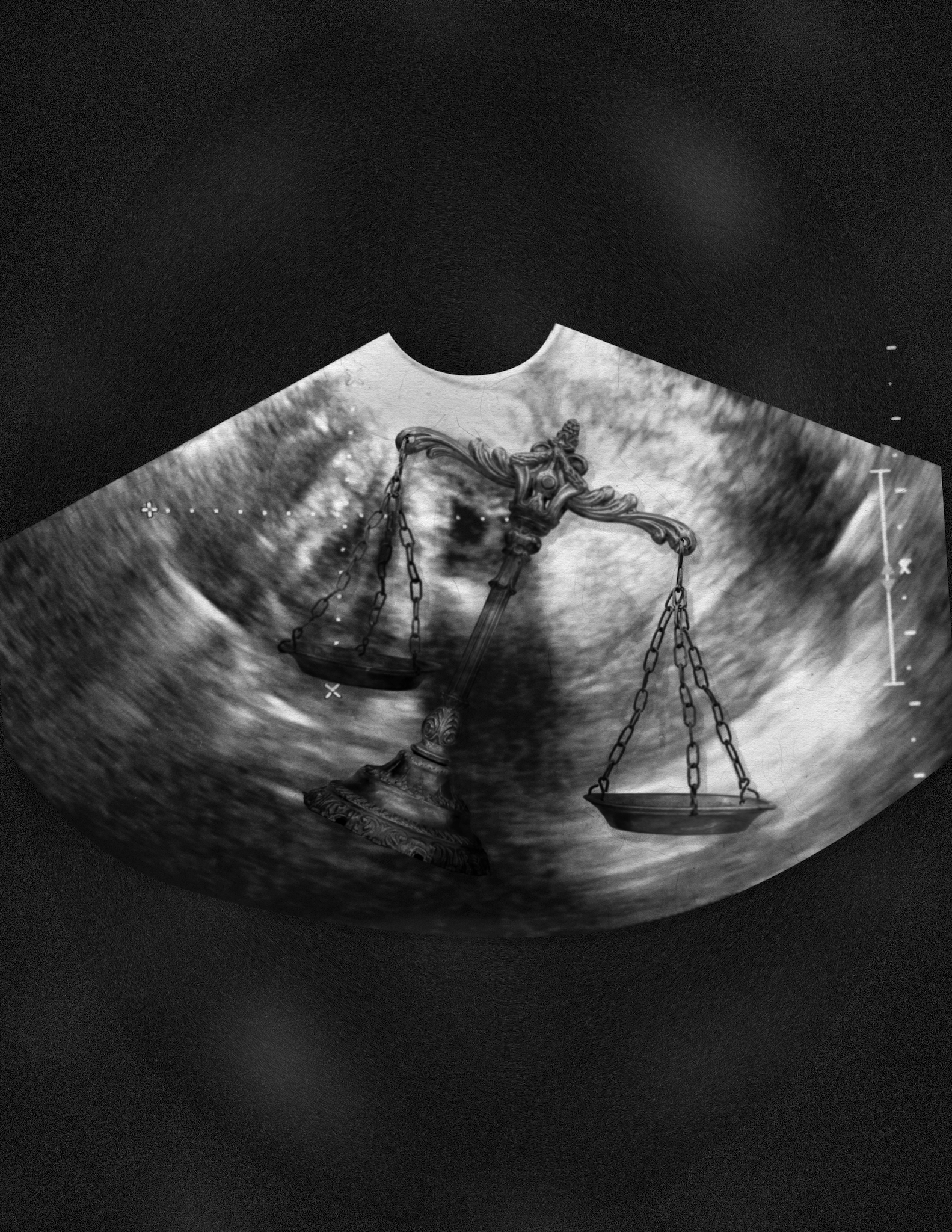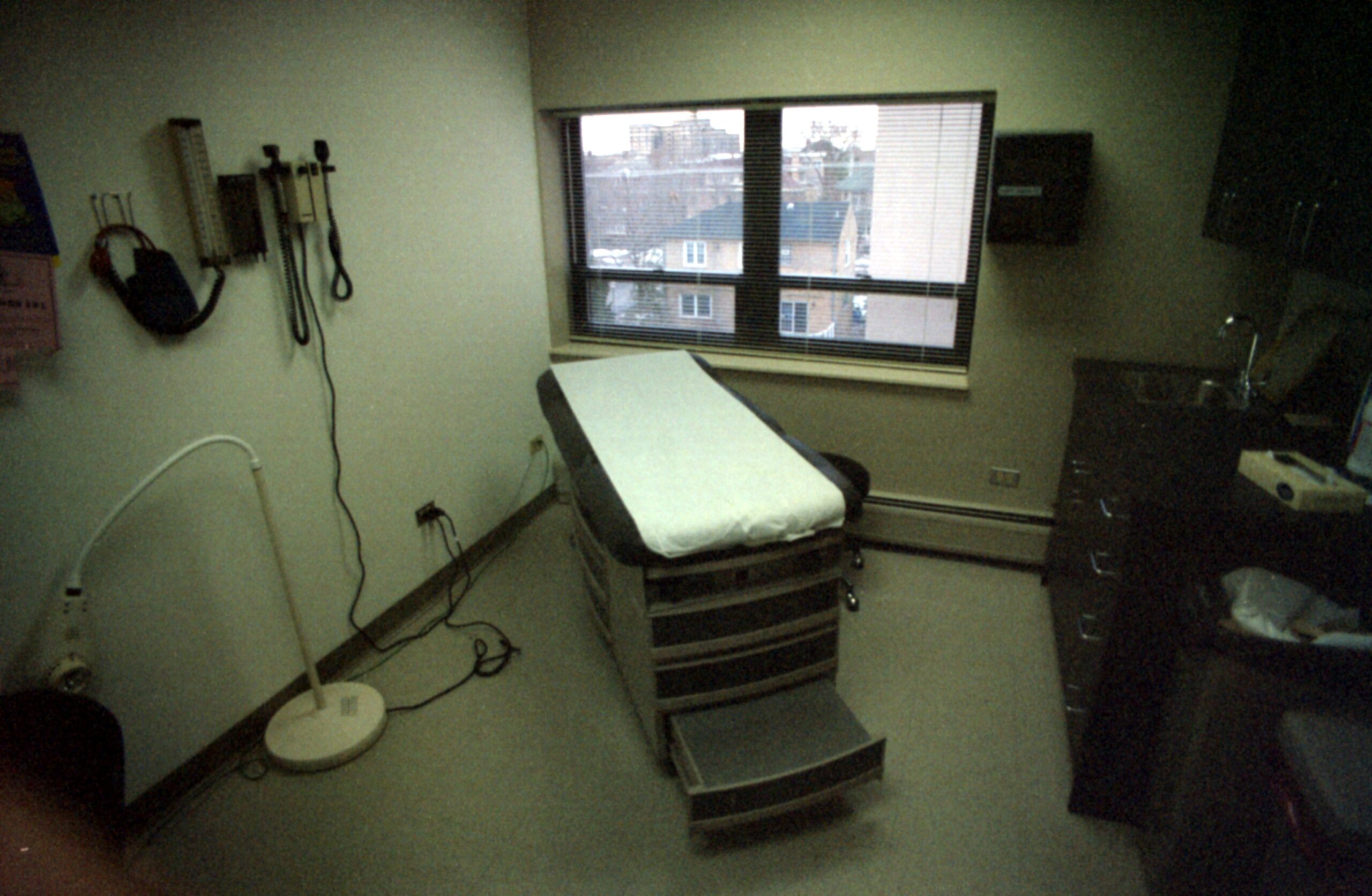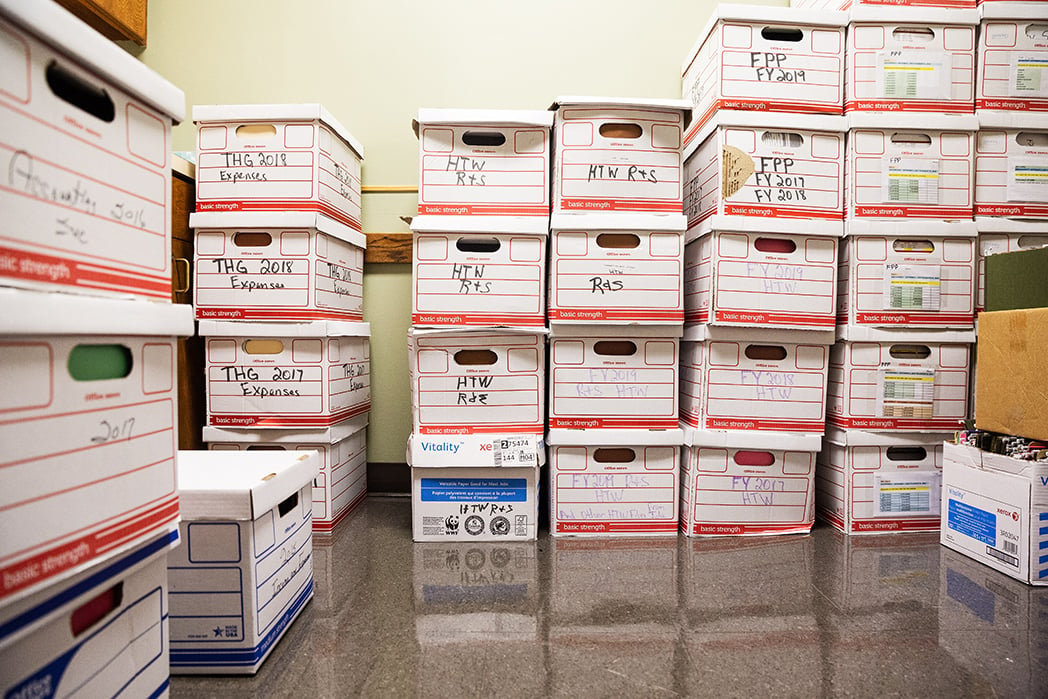
‘A Problem of Political Will’: Why is Texas’ Maternal Mortality Data so Far Behind?
Lawmakers point to the state task force as evidence they’re addressing the maternal death crisis, but its research is six years behind and falling further back.

If current trends continue, by the time the Texas Legislature meets again in 2019, about 800 women will have died since lawmakers began discussing maternal mortality in 2011. A state task force created nearly five years ago to study the issue will just be starting to investigate maternal deaths from 2013. No substantial policy changes are likely to have been made. And the task force will have completed just two years’ worth of case studies, leaving it six years behind and counting.
It’s widely understood that Texas has a serious problem with women dying during and after pregnancy. “Pregnancy-related deaths are a devastating tragedy that leave many Texas families broken,” Governor Greg Abbott said in June, after adding legislation to the special session agenda that extended the state’s Maternal Mortality and Morbidity Task Force for four years. But researchers have yet to get a handle on the scale of the problem, or its underlying causes. In 2016, an independent study found the rate of Texas mothers dying of pregnancy-related causes had doubled in two years, spiking to the highest in the developed world.
“In the absence of war, natural disaster, or severe economic upheaval,” the increase simply didn’t make sense, the authors wrote.
A follow-up study this month by some of the same researchers found that while Texas’ maternal mortality rate did increase significantly, the 2016 study had overestimated the rate due to errors on death certificates. In particular, the new study stated that the death rates for women 40 years and older and with nonspecific causes of death were “implausibly high.”
Experts say that the discrepancy begs for more vigorous research.
Marian MacDorman, a research professor at the Maryland Population Research Center and co-author of both studies, said the death certificate data problems and high maternal mortality rate together constitute a “dual public health emergency.”
That’s where the task force comes in. The Legislature tasked the group of doctors and other medical experts with sorting through medical records to try to get a more precise look at the scope and detailed causes of the maternal deaths. But the task force is mostly volunteer and only meets four times a year. Members also say that the state’s process for preparing the cases for their review has dramatically slowed their progress. The governor and other lawmakers point to the task force as evidence they’re addressing the crisis, but the group has so far studied fewer than two years’ worth of maternal deaths and has been falling further behind since its research began.
“In the 2016 [task force] report, we talk about the prolonged time to review maternal death cases that was associated with the process that the state had developed,” said Lisa Hollier, chair of the maternal mortality task force. She hopes changes to how the data is prepared will let them move more quickly, but acknowledges that the “process was very prolonged.”
Today, the task force is still looking into the deaths of women after childbirth in 2012 — work they expect to complete in time to finish a report scheduled for the end of this year. The group is required to release a report every two years, but the first detailed report, published in 2016, covered fewer than two years’ worth of deaths.
“It’s a problem of political will,” said MacDorman. “I think [Texas is] trying, but if they’re still working on 2012, there’s a whole lot more they can be doing.”
Adding to the confusion, the task force is relying in part on state statistics that don’t include women who died during the first 20 weeks of pregnancy, before a fetal birth or death certificate is issued. Partly as a result, the state health agency’s death count from 2012 to 2015 is about one-quarter of that reported by the Centers for Disease Control (CDC) over the same time period before and after birth.
The Texas Department of State Health Services (DSHS) acknowledges that its tallies exclude these women, but “we don’t see any indication that there are many deaths that would fall into that category,” spokesperson Chris Van Deusen wrote in an email. DSHS is “working on a new method for identifying maternal deaths as we continue to work on improving the data.” The agency declined to offer specific details or arrange a phone interview.
Lawmakers last session passed a few measures to try to improve death certificate reporting and expand the task force’s research. But while Republican leadership feigned concern and boasted about extending research on the issue, they failed to pass legislation that would address the recommendations the task force has already presented — namely to expand access to health care for women.
“I think there’s a lot we can do, an awful lot we can do, even now,” Hollier said. “Even now.”


